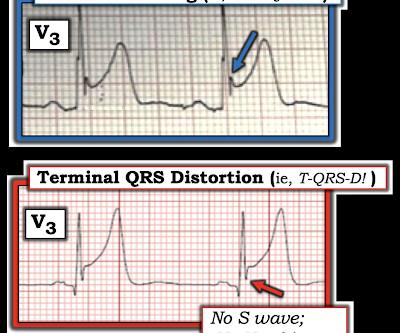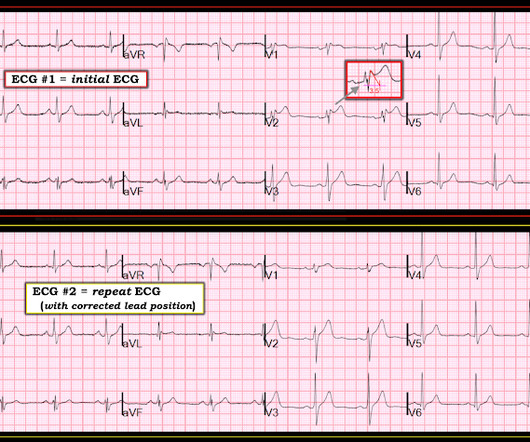ECG Blog #434 — WHY Did this Patient Arrest?
Ken Grauer, MD
JUNE 14, 2024
The ECG in Figure-1 — was obtained from a middle-aged man who presented to the ED ( E mergency D epartment ) in cardiac arrest. The cause of the abnormal baseline deflections seen in Figure-2 is most likely muscle tremor artifact ( See Bouthillet T — ACLS Med Training, Dec, 2015 ). Should you activate the cath lab?











Let's personalize your content